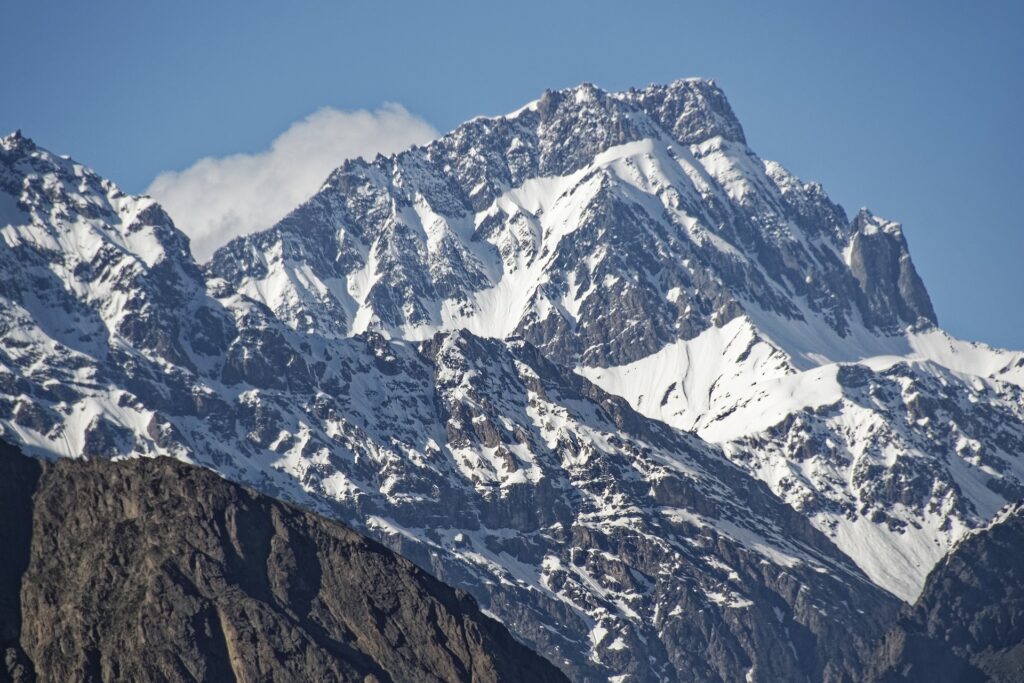Leaders from the Water and Climate Coalition have endorsed an action plan to achieve a more integrated global water and climate agenda in the face of global threats to water and from water-related hazards.
It aims to usher in an era of more sustainable water management and related climate change action instead of the existing siloed approaches.
As well as establishing a set of global water and climate information services, the declaration also encouraged the participation of young people and the development of a Water and Climate Youth Development Plan (YDPA) by the UN International Federation of Youth (UN1FY) – the youth constituency of the Water and Climate Coalition.
Speaking at the meeting, which took place in Dushanbe, Tajikistan, Emomali Rahmon, President of Tajikistan, said, “Over the past five years we have witnessed unprecedented global warming, which has caused droughts and other natural disasters, which have had a negative impact on food security and other sectors of the economy of our countries.
“A recent report by the Intergovernmental Panel on Climate Change also highlighted the role of water resources in adapting to climate change and achieving sustainability. It stressed that the melting of snow and glaciers and permafrost could have a lasting effect and accelerate global warming.”
The Water and Climate Action Plan provides concrete proposals, along with estimates of the resources needed, to implement a declaration made by the Water and Climate Coalition leaders in March.
Specifically, it envisages:
- An integrated water and climate approach: recognizing the role of water for informed decision-making in climate change mitigation and adaptation action.
- International support to improve water data and information for a climate-ready world: working together to operationalize a Global Water Information System that provides status, assessment and outlook for smart climate and water-related decisions.
- Partners to join in the implementation: support solutions for sound decision making – a water and climate stocktake, a cryosphere information mechanism, a new financing rationale, local engagement and river basin cooperation.
- Recognizing the need to protect glaciers: understanding the role of glaciers as one of the most critical sources of fresh water and uniting forces in preserving these resources through an International Year of Glacier Preservation 2025.
Tajikistan illustrates the challenges ahead. It is a mountainous country with vast water resources, especially glaciers. Over the past few decades, more than 1,000 glaciers in Tajikistan have been destroyed. The world’s largest onshore glacier, Fedchenko, has shrunk by 16km3 in size and 45km2 in area.
This has major implications for sustainable development in a nation where around 80% of the agricultural production comes from irrigated land and more than 98% of electricity is generated by hydropower plants.
The Water and Climate Coalition leaders include top representatives of countries that are vulnerable to glacier melt, flooding and drought, as well as United Nations and development agencies, business, civil society and youth.



